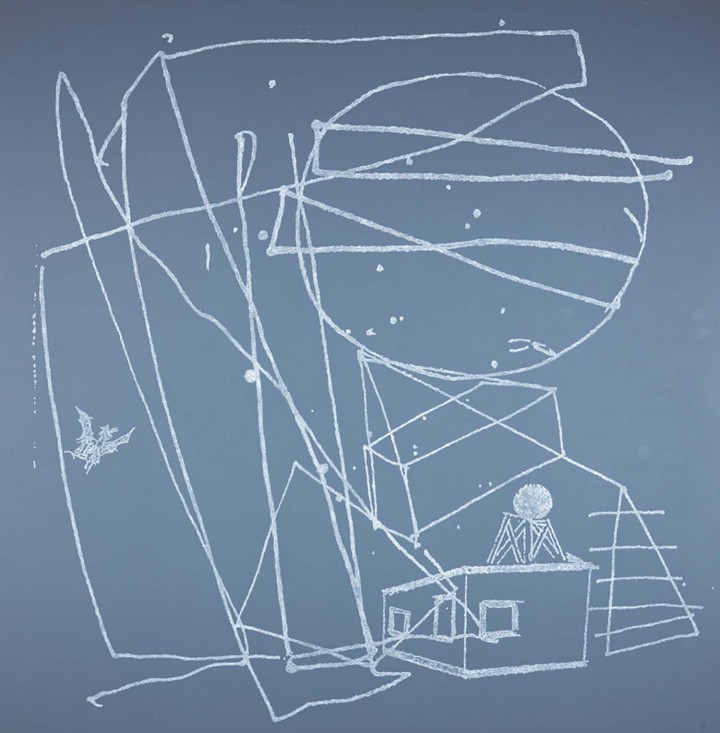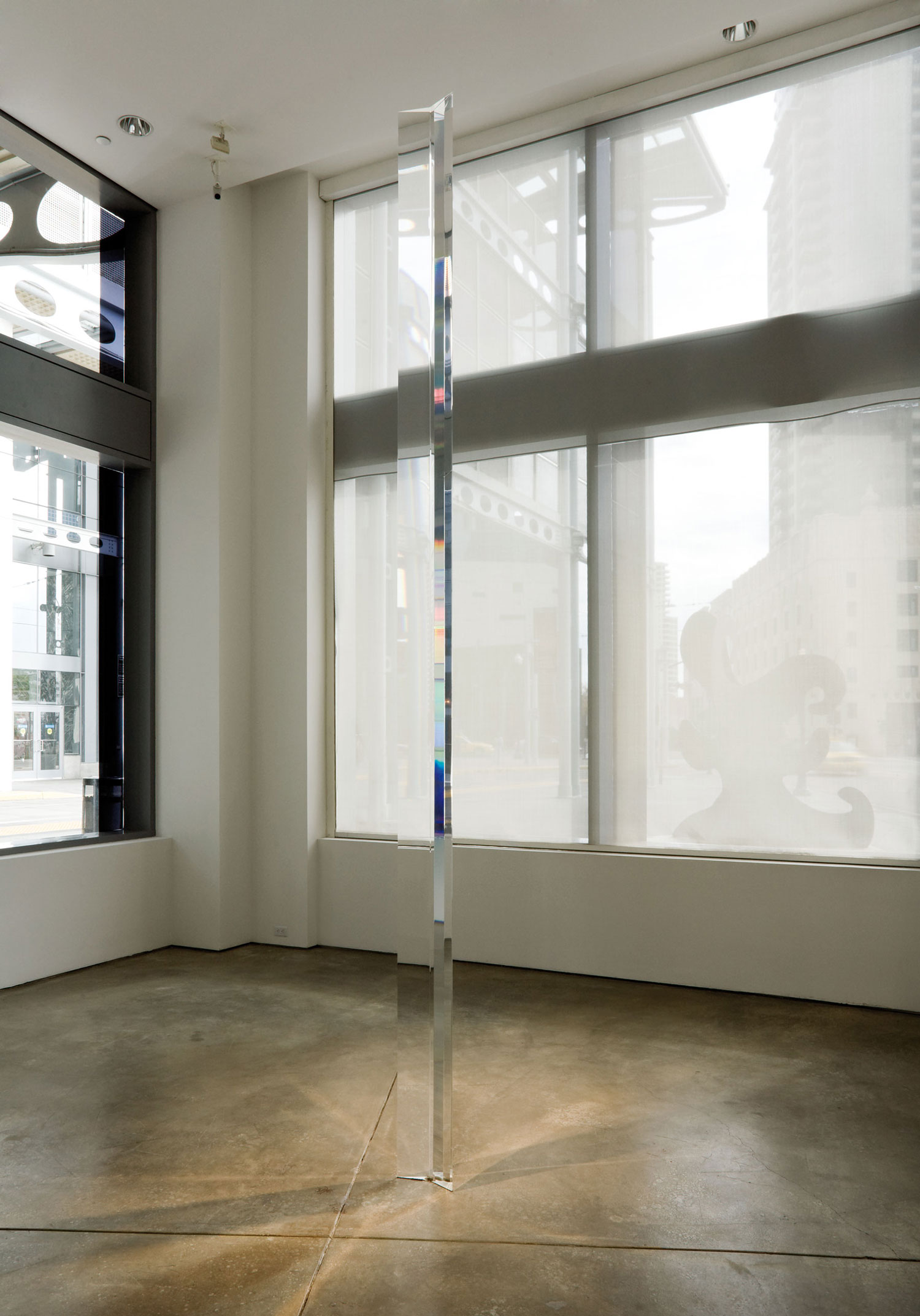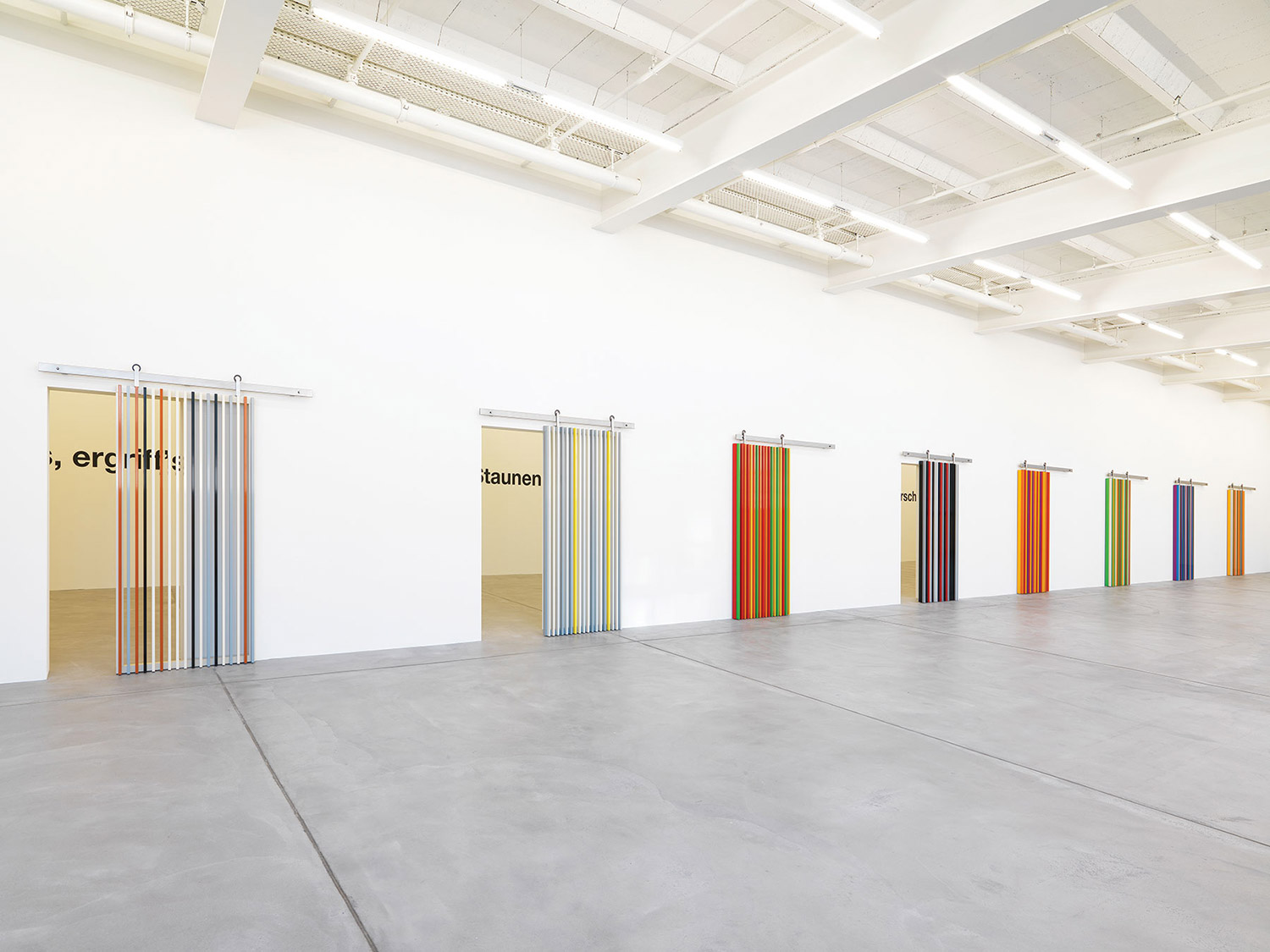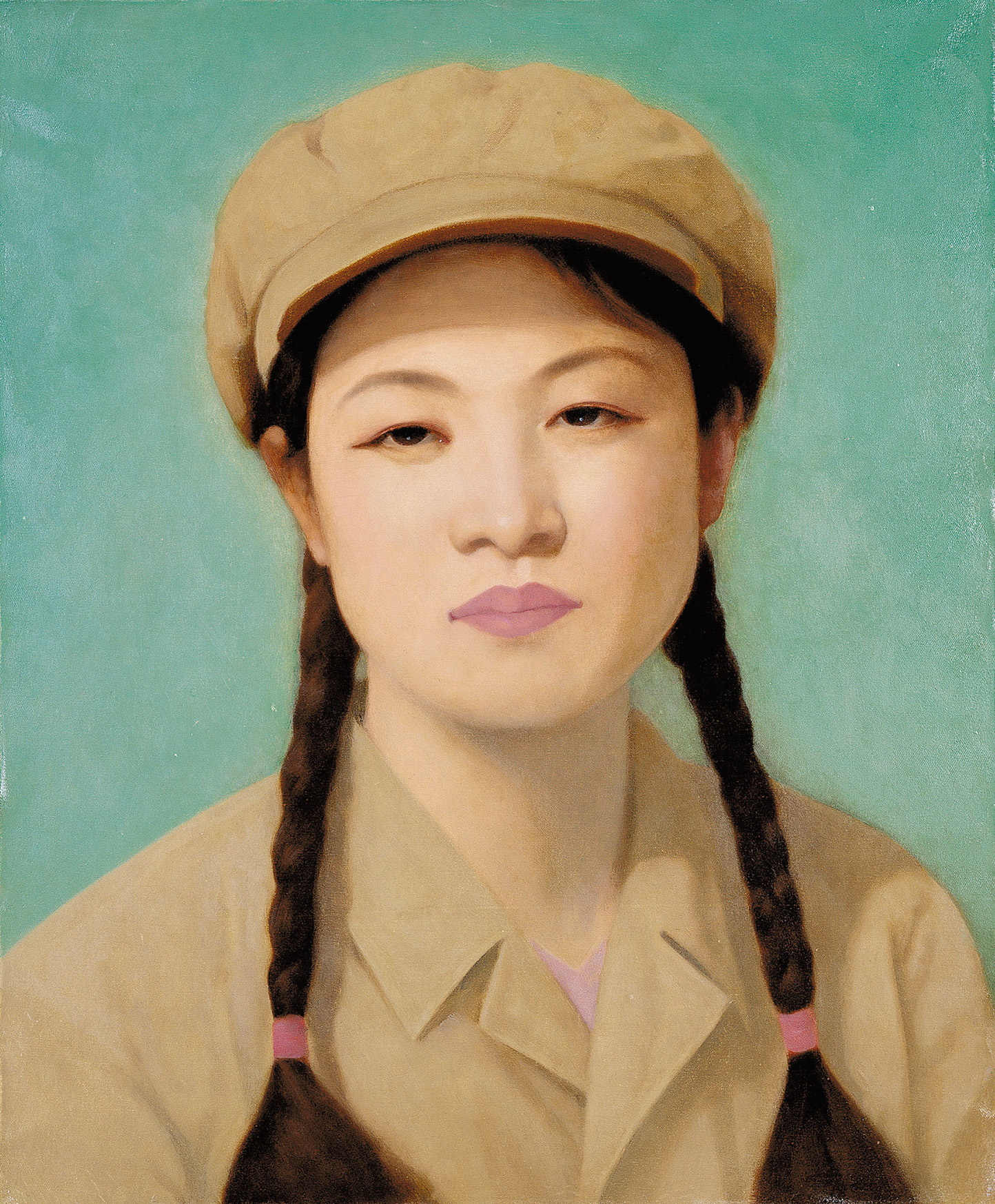
Donatien Grau: You previously worked at Gemini G.E.L. and then at the Pasadena Art Museum. Could you tell me about these experiences?
Rosamund Felsen: When we started Gemini, it was an already existing structure. It was Ken Tyler, who was the printer, and he was no businessman. He knew how to make prints, had an outgoing personality, he worked well with artists, but he did not have the business sense. So when Sid [Felsen] and Stanley Greenstein and myself and Stanley’s wife got involved with it, the idea was to invite an artist to do whatever they wanted, and cost was never to be an issue. In order to do this, to have the money to spend on the artist, to bring them to LA, since they were mostly coming from New York, it was decided to develop a network of artists’ dealers in New York, Chicago and Europe. There would be subscribers and a guaranteed market for editions. The dealers were approached; if we were to work with, say, Rauschenberg, then Castelli would take some editions and sell them. It was important, because you had to have a market develop. A lot went into approaching galleries and museums across the country. The only way Gemini could afford to do this was if they were to work with the top artists of the day; in most cases they were Castelli artists, but not always.
Then I worked at the Pasadena Art Museum, and you have to remember that, in those days, the LA art community was very small. We would have a party at our house, and everybody in the LA art community was there. You can’t do that anymore. When it was decided that I should no longer work for Gemini, John Coplans [then curator at PAM] was looking for someone — they were in the process of moving from an old building to this newer building, where the Norton Simon is now. He needed some extra help, so he asked me to come and help him out, and the idea was for it to be temporary. When I had been there for a few months, he decided he liked my being there. I stayed, and that’s when he said I had to work in the registrar’s department, because I would learn how a museum operates. Then he decided they needed another voice to represent the staff to the board of trustees. He wanted to make me a member of the curatorial staff, so, with my background in prints, he said: “Ok, let’s make you a curator of prints”.
DG: What did you exhibit at your gallery?
RF: My first show was Guy Dill. My second show was Richard Jackson. And the next show was Alexis Smith. I was able to sell some works. I sold some Alexis Smith works, and I did sell a Guy Dillon, from the first show. It was a big sculpture, and I sold it to the Santa Barbara Museum, and I thought: “Oh, this is easy!” And they still have it, outside, in their garden. Karen Carson was probably my top-selling artist. At that time she was doing abstract painting, and it was relatively easy to sell compared to some other things I was doing. I was interested in pushing the envelope. I had this feeling that there were new things happening. And that’s when I met Mike Kelley, and things started to blossom.
DG: Some of these artists later became very prominent in New York and Europe. Did it have an impact on the LA context?
RF: I remember one Whitney Biennial, I had, I think, four artists, and that was unheard of for Los Angeles at that time. It helped that two of the curators at that time were Barbara Haskell and Richard Armstrong, who had previously worked in California. So they knew me. That’s what it’s all about, anyway. It was really in the early ’80s that things changed. CalArts started to gain a lot of attention. Mike Kelley was the beginning of artists graduating from CalArts and staying in LA; before, they used to go to New York. And then MoCA was about to open, and there was all that excitement.
DG: You still show younger and mid-career artists. Can you tell me about this continued interest?
RF: I want to see something I haven’t seen before. And I also want to learn from this. If I look at something and I understand it completely, I’m not interested. I like the feeling of mystery.
DG: Maybe my last question will be about California and the world: More and more artists are coming to California from Italy and the UK. Do you have any idea why?
RF: LA is a wonderful place for artists to work because there’s less distraction. In New York, people get out of their studio and then bump into someone they know, and there’s a bar across the street, and they have drinks. Here, that doesn’t happen. You’re isolated, so to speak. Plus, because of the movie business, there is a lot of material: everything is available, every technology. And the rent is cheaper than New York and a lot of other places. Artists have a lot of opportunities for getting jobs to support themselves. They can work in teaching or in the film industry; Jim Shaw worked in animation before he was able to support himself with his art.





